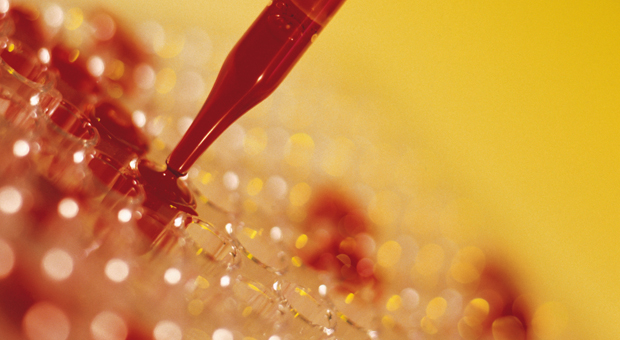Popular disinfectants do not kill human papillomavirus

Commonly used disinfectants do not kill human papillomavirus (HPV) which makes possible non-sexual transmission of the virus and creates a need for hospital policy changes, according to researchers from Penn State College of Medicine and Brigham Young University.
“Because it is difficult to produce infectious HPV particles for research, little has been known about HPV susceptibility to disinfection,” said Craig Meyers, Distinguished Professor of Microbiology and Immunology, Penn State College of Medicine.
Use of disinfectants on HPV in health care settings has been based on what works on other viruses or what is thought should be effective. Meyers collaborated with Richard Robison, an expert in microbial disinfectants at Brigham Young University.
HPV is estimated to be among the most common sexually transmitted diseases and is linked to cervical cancers. For this study, researchers grew HPV16, a specific strain that is responsible for up to 60 percent of all HPV-associated cancers. They then used 11 common disinfectants on the virus.
These disinfectants included ones made of ethanol and isopropanol because these are common ingredients in surface disinfectants and hand sanitizers used in both public and health care settings. Study of these hand sanitizers is important because other research has shown high levels of HPV DNA on fingers of patients with current genital infections. While HPV is susceptible to certain disinfectants, including hypochlorite and peracetic acid, it is resistant to alcohol-based disinfectants.
“Chemical disinfectants in hand sanitizer are commonly used in the general population to prevent the spread of infectious diseases,” Meyers said. “For flu or cold viruses they are very effective. But the data shows that they do nothing for preventing the spread of human papillomavirus.”
They also tested other common disinfectants, including glutaraldehyde, which is used for sterilization in medical and dental facilities. Results show that glutaraldehyde is not effective at inactivating the HPV virus.
Results were published in the Journal of Antimicrobial Chemotherapy.
Other research has suggested that HPV could be transmitted nonsexually. The current study shows that medical instruments considered sterile could pose a risk for transmission.
“Chemical disinfectants used in the hospitals and other healthcare settings have absolutely no effect on killing human papillomavirus,” Meyers said. “So unless bleach or autoclaving is used in the hospital setting, human papillomavirus is not being killed and there is a potential spread of HPV through hospital acquired or instrument or tool infection.”
Meyers said the results suggest a need for a change in disinfectant use policies.
Other scientists on this project were Jordan Meyers, Brigham and Woman's Hospital (formerly Brigham Young University); and Eric Ryndock and Michael J. Conway, Department of Microbiology and Immunology, Penn State College of Medicine.
The National Institute of Allergy and Infectious Disease of the National Institutes of Health and the BYU Mentoring Environment Grant program funded this research. (#R01AI57988)
If you're having trouble accessing this content, or would like it in another format, please email Penn State Health Marketing & Communications.
